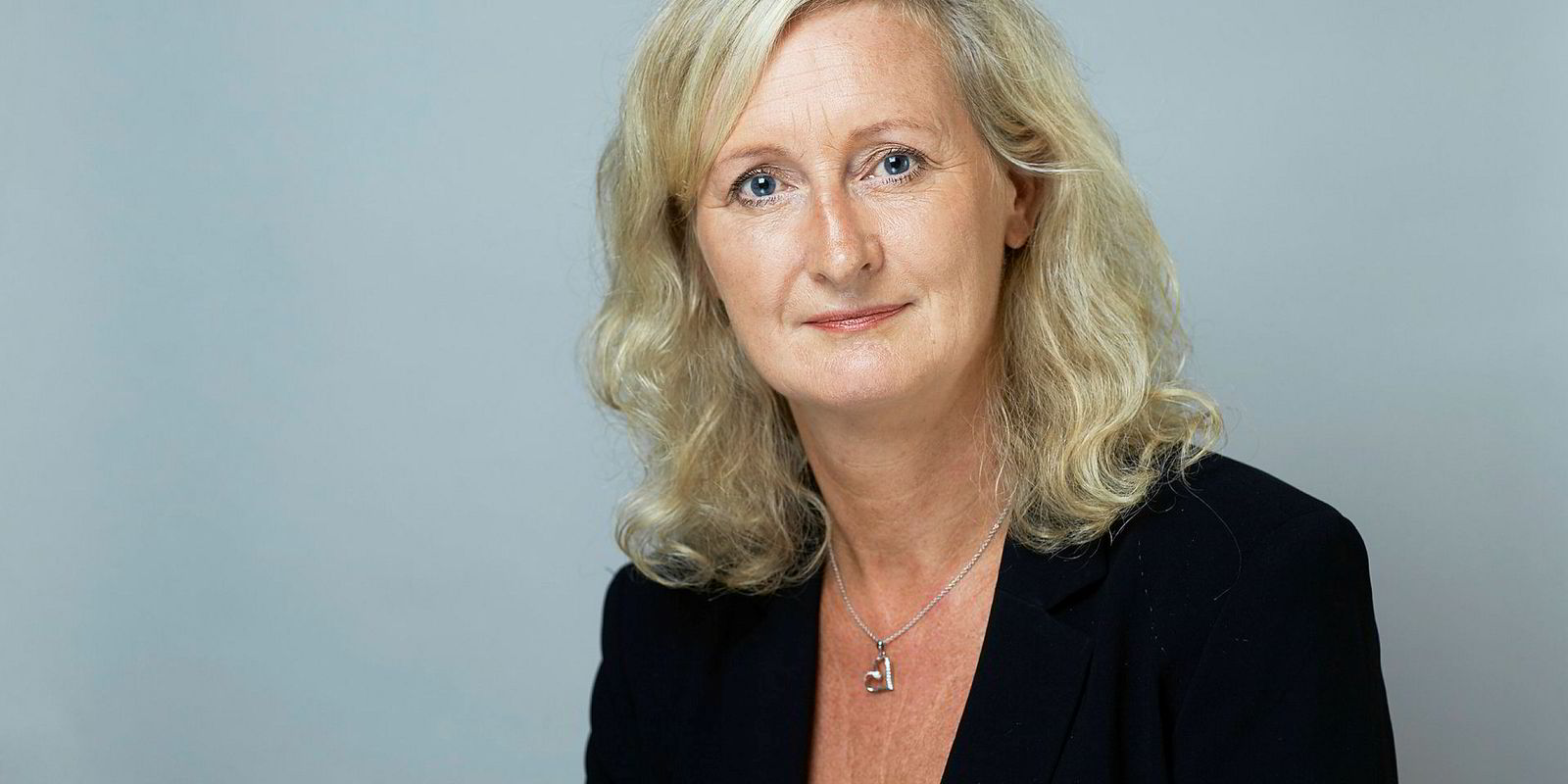Gard, the world’s largest dedicated marine insurer, has reported a surprise loss — its first in 10 years.
Its post-tax loss for the 12 months to 20 February 2019 was $53m, compared with a $193m profit in the previous year. It earned premiums of $798m, up from $775m.
Gard made an investment loss of $3m. It also recorded a technical underwriting loss, reporting a combined ratio of 110%, indicating premium income did not cover claims and expenses.
However, its free reserves are still strong at $1.15bn, although that is down from $1.249bn in the previous year.
Its capital strength has allowed it to continue to cut premium to members.
The Norwegian mutual said it will reduce the estimated total call by 10% in the last installment of the 2019 policy year, costing it $37m.
Chief executive Rolf Thore Roppestad blamed the red figures on a failed IT project and a few high-cost claims in the last six months, describing 2018 as "a year of two halves".
"While at the six-month mark the group reported a profit, by the end of the year this had turned into a loss of $53m and a combined ratio net of 110%. This was a combination of a small underwriting loss from a few severe claims and the impairment of an IT project. A negative investment return also contributed to the loss,” he said.
In a separate development linked to protection and indemnity earnings, the UK Club has reported a $32m deficit for the 12 months ending 20 February.
It said claims in excess of $3m had doubled in the year, leading to a combined ratio of 114%.
“The cost associated with these additional claims was nearly $40m, which equates to an additional 15% on the combined ratio,” the London-based P&I mutual said in its earnings statement.
The UK Club reported a modest investment performance, with investments increasing by 1.4% over the year. Its finances remain strong, with $505m in reserves.
It hinted that premiums might have to rise to cope with the increasing claims: “Although the cost of large claims may be exceptional, it highlights the need for future action on premium rates.”





